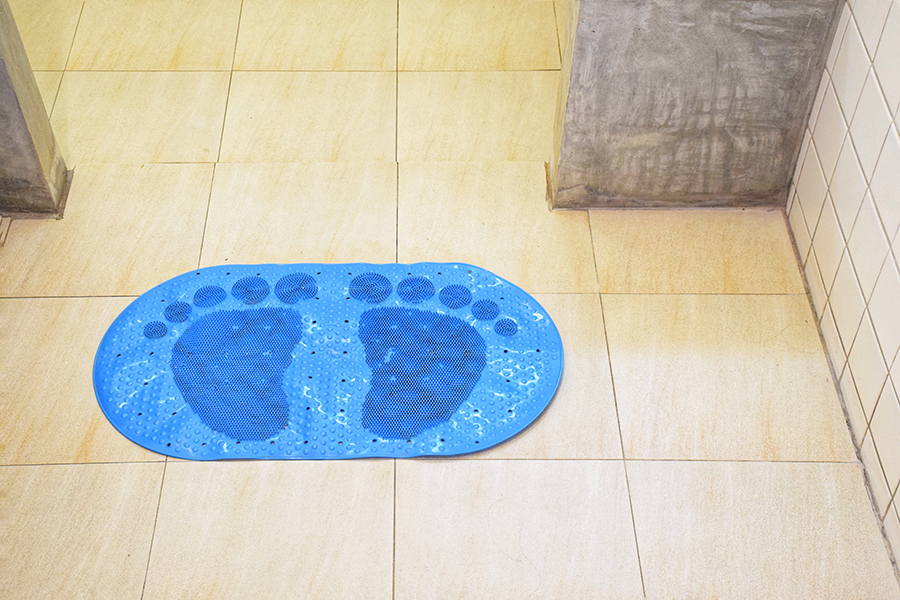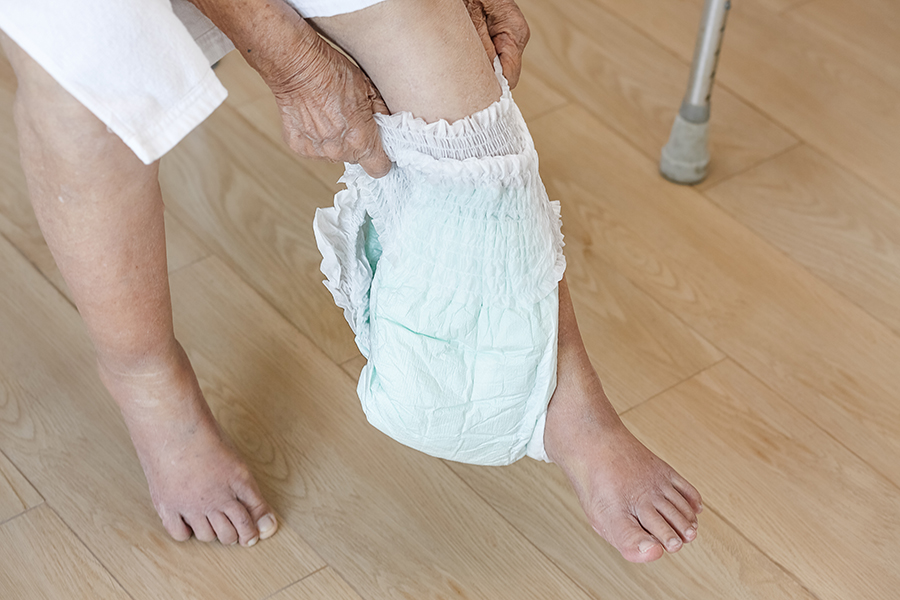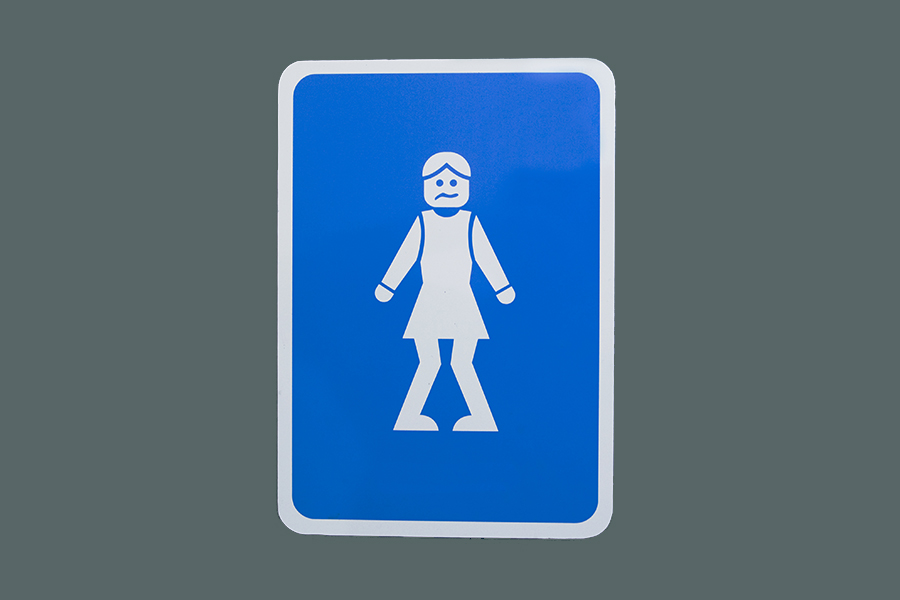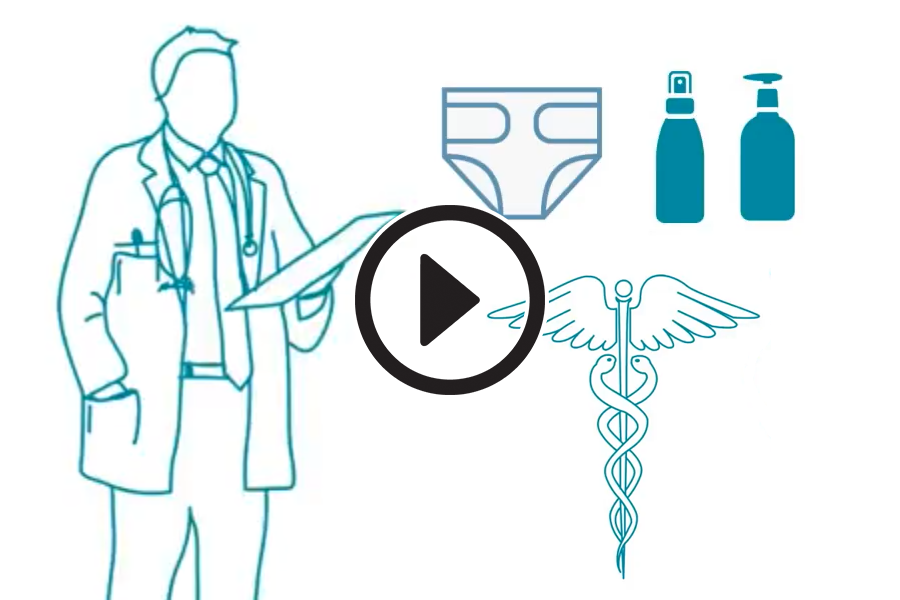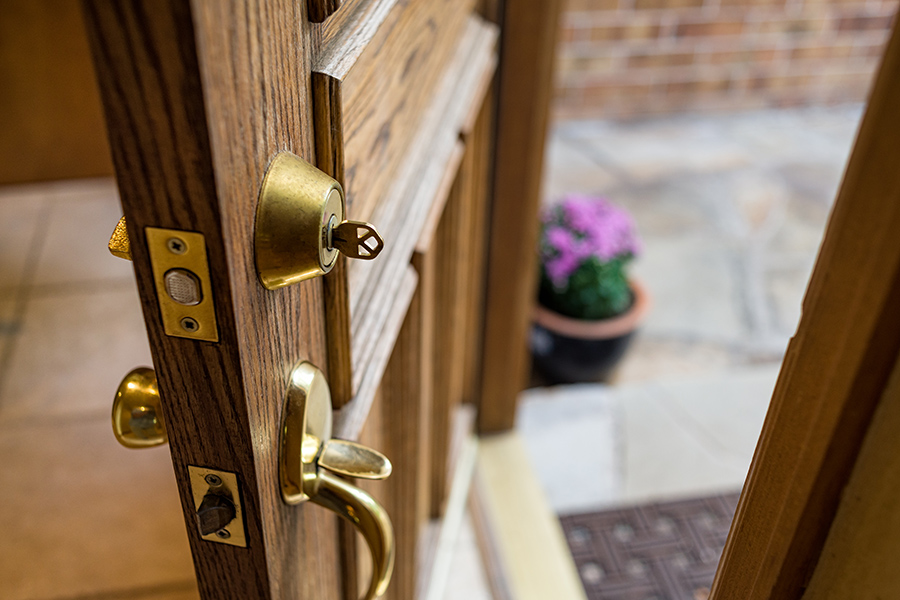Kegel exercises: one of the few exercises you can (safely) do while waiting at a red light!
“Kegels” are the name for an exercise that strengthens your pelvic floor muscles. Your pelvic floor muscles are responsible for the tightening of the urethra, anus and the vagina. There are also sphincters for both the urethra and the anus. But the pelvic floor muscles are a big part of keeping us continent.
The loosening of pelvic floor muscles, as instructed by your brain, starts the flow of urine. Tightening those muscles stops the flow of urine. But urine doesn’t have to be flowing for you to engage those muscles and strengthen them.
Kegel exercises can help to strengthen these muscles, with the intention of improving incontinence or improving one’s sex life. They are done without weights, and can be done without anyone noticing (unless you happen to have a look of intense concentration).
How to do a Kegel:
The first step is to identify which muscles are part of the pelvic floor. One way to do so is begin in the bathroom.
- Head to the toilet, and prepare to urinate.
- Start to pee…
- …Then stop shortly after you begin!
The muscles that you are using to stop the flow of urine are your pelvic floor muscles, and contracting them is doing a “Kegel.” (Warning: be mindful not to try to do this muscle identification exercise too often – frequently and repeatedly inhibiting the flow of urine can sometimes create more incontinence-related problems. Once you have the hang of what to do, do not stop the flow of urine more than once a week.) You can also practice identifying those muscles by contracting in the same way that you would use if you were trying (very hard) to avoid passing gas.
If you find yourself having trouble identifying your pelvic muscles, or having any issues doing kegels, talk with your doctor. They can help with “biofeedback” – meaning they have tools that can help your brain identify when those muscles are in use and help you get started with your exercises. Besides, you should speak to your doctor regardless if you’re experiencing incontinence.
How Many Kegels Should You Do?
So, how often should you do Kegels, and how many contractions at a time? To build pelvic floor strength, aim for three times a day, or three “sets” of Kegel exercises. You should attempt to contract up to 10 times during each set.
One set of Kegels could look like:
- Tighten…
- …hold for three to five seconds…
- relax for three to five seconds. (Do this ten times)
Ideally, your bladder should be empty, or at least not full during these exercises. Breathe while you do them. And try to make it part of a routine. Now you see what we mean about traffic lights! If you hit three red lights during your morning commute – and you can squeeze in approx. three Kegel contractions per light (no pun intended) – there you go. Then you’re done for the day.
Things to Avoid
Make sure that you are not using only your buttock muscles. You may find that you have correctly identified your pelvic floor muscles, but when you tighten them, you’re also tightening your buttock muscles. If you’re having trouble only using the pelvic floor muscles and not also tightening your buttock muscles, try sitting with good posture (less of a “C”-shape, more of an “I”-shape). With good posture in mind, try the exercise again. Good posture can help you to isolate the correct pelvic floor muscles.
One more suggestion: Don’t overdo it! Three sets a day is the proper amount for those looking to improve their pelvic muscle floor strength. If you do more than that, you can exhaust the muscles and they won’t be able to function as they should. And keep in mind that, just like other exercises, you can’t just do them for a few weeks and then move on, expecting the problem to be solved. You need to keep it up. But if you don’t find any improvement in two to three months, it’s best to speak with a doctor.
Start those exercises and best of luck!
Sources:
- https://medlineplus.gov/ency/patientinstructions/000141.htm
- https://www.continence.org.au/pages/pelvic-floor-women.html
- https://www.healthline.com/health/kegel-exercises
For more information:









